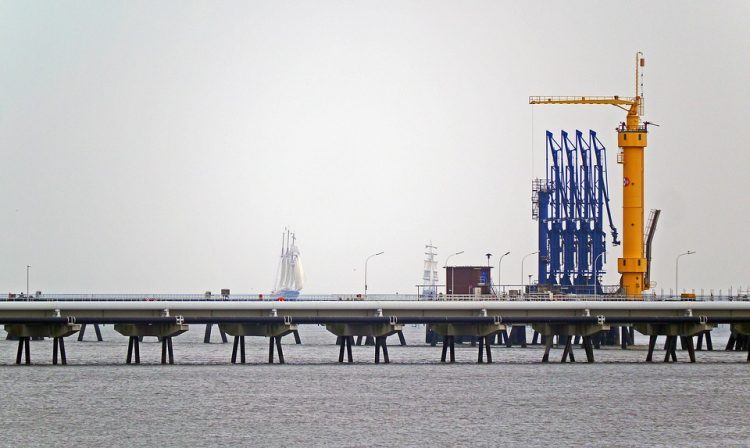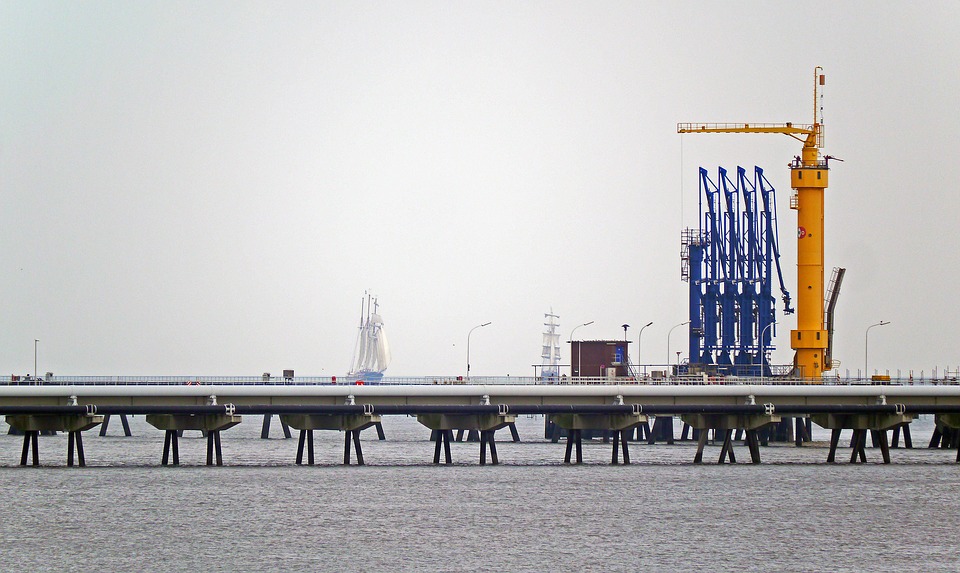
Oil prices hit the highest price since last July as U.S. oil demand continues to sizzle, leading to four oil Inventory drawdowns in a row. The Energy Information Administration (EIA) reported that U.S. crude supply fell by 2.1 million barrels last week. At 394.1 million barrels, U.S. crude oil inventories are about 3% below the five-year average. This is happening at a time of year when oil inventories normally rise, raising larger concerns of a very tight market going into the end of this year and into the next.

This came as U.S. refiners ran an incredible 17.4 million barrels of oil a day, even as refinery runs showed the first sign of the maintenance season falling to 95.4% of capacity, which is still a record for this week of the year. The drop-in supply signals a very strong U.S. economy that continues to grow. That was reflected in the overall petroleum products demand that has averaged 21.4 million barrels per day, up by 4.9% from the same period last year.
Yet, even as it appears that oil may be in a breakout mode, a report from the OECD and a report of record Russian oil production may temper market enthusiasm going into the OPEC and friends meeting in Algeria this weekend. The Russian government reported that Russian oil production hit 11.3 million barrels a day, which exceeds the post-Soviet high set in 2016 before the OPEC pact, according to Bloomberg News.
The increase in Russian production, along with a declaration from Saudi Arabia that they are ok with high oil prices, could mean that it will be difficult for the group to decide on raising output. It is possible that this record-breaking Russian oil run could add to tensions. Yet, with the strength in the U.S. economy, it is likely that whatever OPEC does won’t be enough to meet growing demand unless the global economy has a sudden change of fortunes.
The Wall Street Journal reports that “the global economy will continue to expand strongly in the coming years, but trade tensions could hinder investment and slow the pace of expansion, the Organization for Economic Cooperation and Development said Thursday. The Paris-based research body slightly lowered its targets for global growth Thursday, saying it now expects output to rise by 3.7% in each of 2018 and 2019. In May, it had expected output to grow by 3.8% this year and 3.9% next. “It’s not the end of the recovery, but the risks are piling up,” said Laurence Boone, the OECD’s chief economist. “Businesses are postponing or delaying their investment plans. Export orders are decelerating.”
















